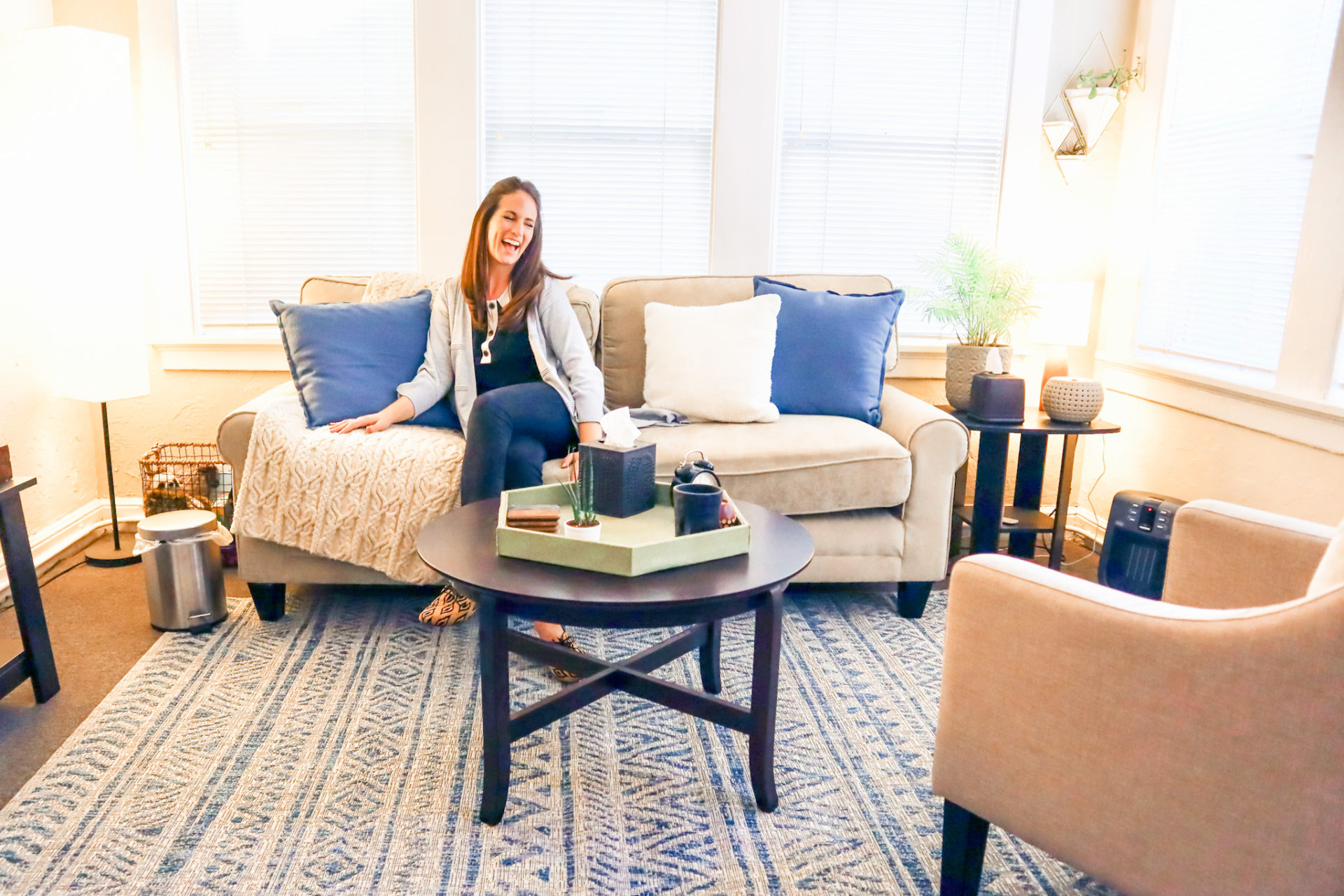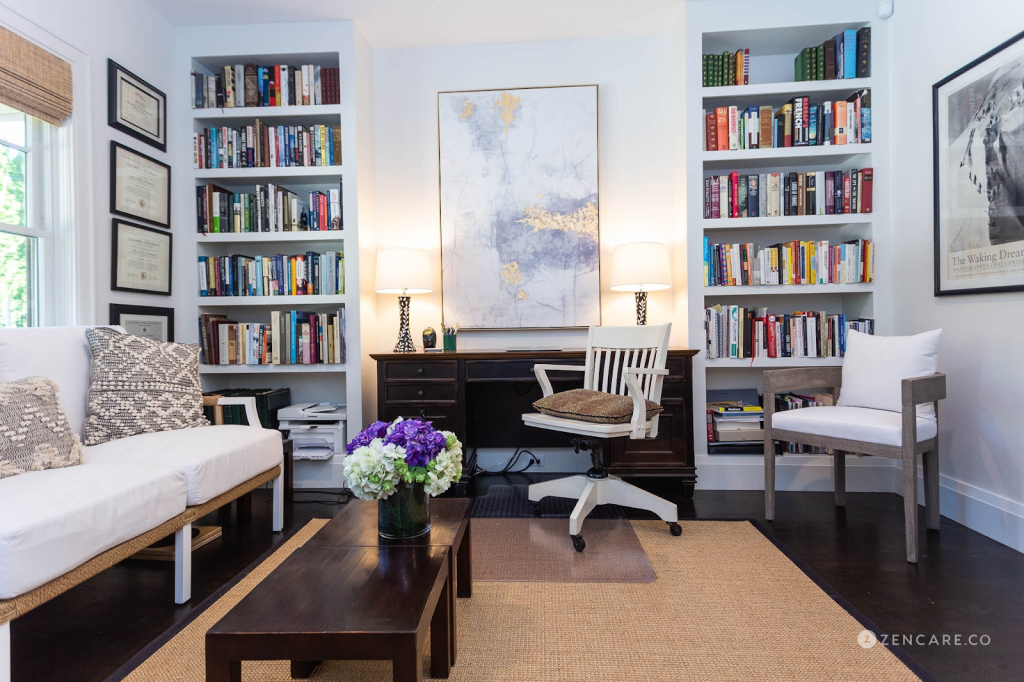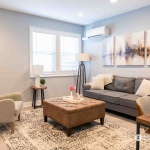Introduction: The Importance of Therapist Office Design in Promoting Wellness
Creating a tranquil and conducive environment is essential for therapists to facilitate healing and promote the well-being of their clients. In designing therapist office spaces, careful attention to furniture selection and arrangement plays a crucial role in fostering a sense of calm and comfort. This article explores the significance of tailored office furniture in supporting the therapeutic process and enhancing overall wellness.
Understanding Therapeutic Needs: Ergonomic Considerations for Comfort and Support
Therapists spend extended periods seated during client sessions, underscoring the importance of ergonomic furniture that prioritizes comfort and support. Chairs with adjustable features, lumbar support, and cushioning are essential to prevent fatigue and promote proper posture. Additionally, ergonomic desks or tables ensure optimal positioning for paperwork and client interactions, reducing strain and enhancing focus during sessions.

Creating a Welcoming Atmosphere: Choosing Furniture to Reflect Tranquility and Warmth
The ambiance of a therapist’s office significantly influences the emotional experience of clients. Selecting furniture with soft, neutral tones and natural materials can evoke feelings of tranquility and warmth. Comfortable seating options, such as upholstered armchairs or sofas, invite relaxation and promote a sense of safety and security. Incorporating elements of nature, such as wood accents or indoor plants, further enhances the calming atmosphere.
Optimizing Space and Functionality: Modular Furniture Solutions for Versatility
Therapist offices often serve multiple purposes, requiring furniture that can adapt to various activities and configurations. Modular furniture solutions, such as adjustable shelving units or mobile storage carts, offer flexibility in organizing supplies and accommodating different therapy modalities. Versatile seating options, such as ottomans or stools, provide additional seating or surface space as needed, optimizing the functionality of the office environment.
Promoting Privacy and Confidentiality: Strategic Layouts and Dividers for Boundaries
Respecting client privacy and confidentiality is paramount in therapist office design. Thoughtful placement of furniture, partitions, or room dividers can create distinct zones within the office, enhancing privacy during sessions. Furniture with built-in storage compartments or discreet shelving helps maintain organization while safeguarding sensitive information. By establishing clear boundaries, therapists can foster a sense of security and trust in their practice.
Enhancing Accessibility: Inclusive Design Principles for All Clients
Inclusivity and accessibility are fundamental principles in therapist office design, ensuring that all clients feel welcomed and accommodated. Furniture selections should consider the diverse needs of clients, including those with mobility challenges or disabilities. Adjustable furniture heights, wide pathways, and accessible seating options accommodate individuals of varying abilities, promoting inclusivity and eliminating barriers to participation in therapy sessions.
Supporting Therapist Well-Being: Incorporating Relaxation Spaces and Comfortable Retreats
While therapists focus on supporting the well-being of their clients, it’s essential to prioritize their own self-care and comfort within the office environment. Designating relaxation spaces with cozy seating, soft lighting, and calming decor allows therapists to recharge between sessions and maintain their emotional resilience. Comfortable lounges or breakout areas offer retreats for reflection and rejuvenation, fostering a positive work-life balance for practitioners.
Conclusion: Designing with Intention to Nurture Wellness and Healing
In conclusion, the design of therapist office furniture plays a significant role in creating environments that promote wellness, comfort, and healing. By prioritizing ergonomic considerations, creating welcoming atmospheres, and optimizing functionality, therapists can enhance the therapeutic experience for their clients. Incorporating principles of privacy, accessibility, and self-care further supports the well-being of both clients and practitioners. Through intentional design choices, therapist offices can become sanctuaries of tranquility, fostering holistic healing and emotional growth.


